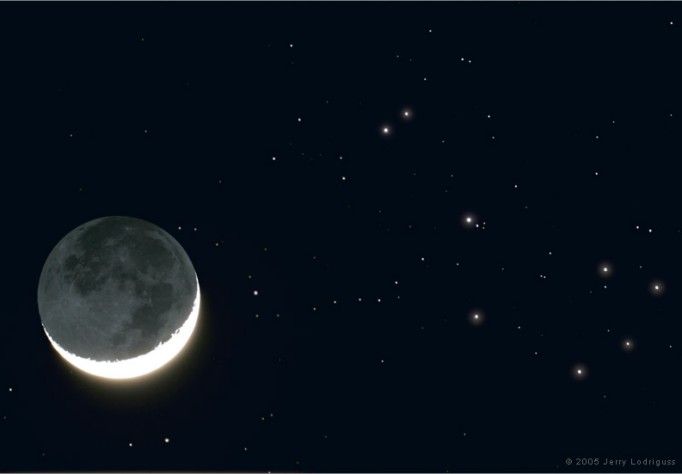
Some highlights of a quick stay in Thessaloniki. This is the Triumphal Arch of Galerius, an Eastern Roman Emperor, who in a surprise twist, despised Romans.
Fun Fact about Galerius: He died of a hideous illness in which pustulating boils erupted over his body.

Fun Fact about Galerius: He died of a hideous illness in which pustulating boils erupted over his body.


The Rotunda was the palace of Galerius, and Greeks steadfastly claim it was then the first consecrated Christian church. It played this role for hundreds of years, until becoming a mosque after the fall of the city to the Ottomans. Now a UNESCO World Heritage site. 







The church of St Demetrios is very, very old, and built over the supposed site of the martyrdom of a Christian Roman soldier.
To this day, Thessalonians leave small pewter plates to pray for his intercession.
Demetrios is also the patron saint of the city.


To this day, Thessalonians leave small pewter plates to pray for his intercession.
Demetrios is also the patron saint of the city.



Hagia Soffia is Thessaloniki's cathedral, and also very old. It managed to survive war, plagues and fire mostly intact. No mean feat in this city! 







The White Tower is the city's symbol and has functioned as both city defence and a prison over the centuries. It was once called 'The Bloody Tower' and I think that's the name they should have stuck with. 

Father and son team, Phillip II of Macedon, and his son, Alexander both get a memorial in Thessaloniki, but Alexander's is... greater. Geddit? Huh? 



The Museum of Byzantine Culture is an absolute highlight for any visitor to Thessaloniki and contains mosaics, artefacts, and stunning complete painted tombs. 







• • •
Missing some Tweet in this thread? You can try to
force a refresh























